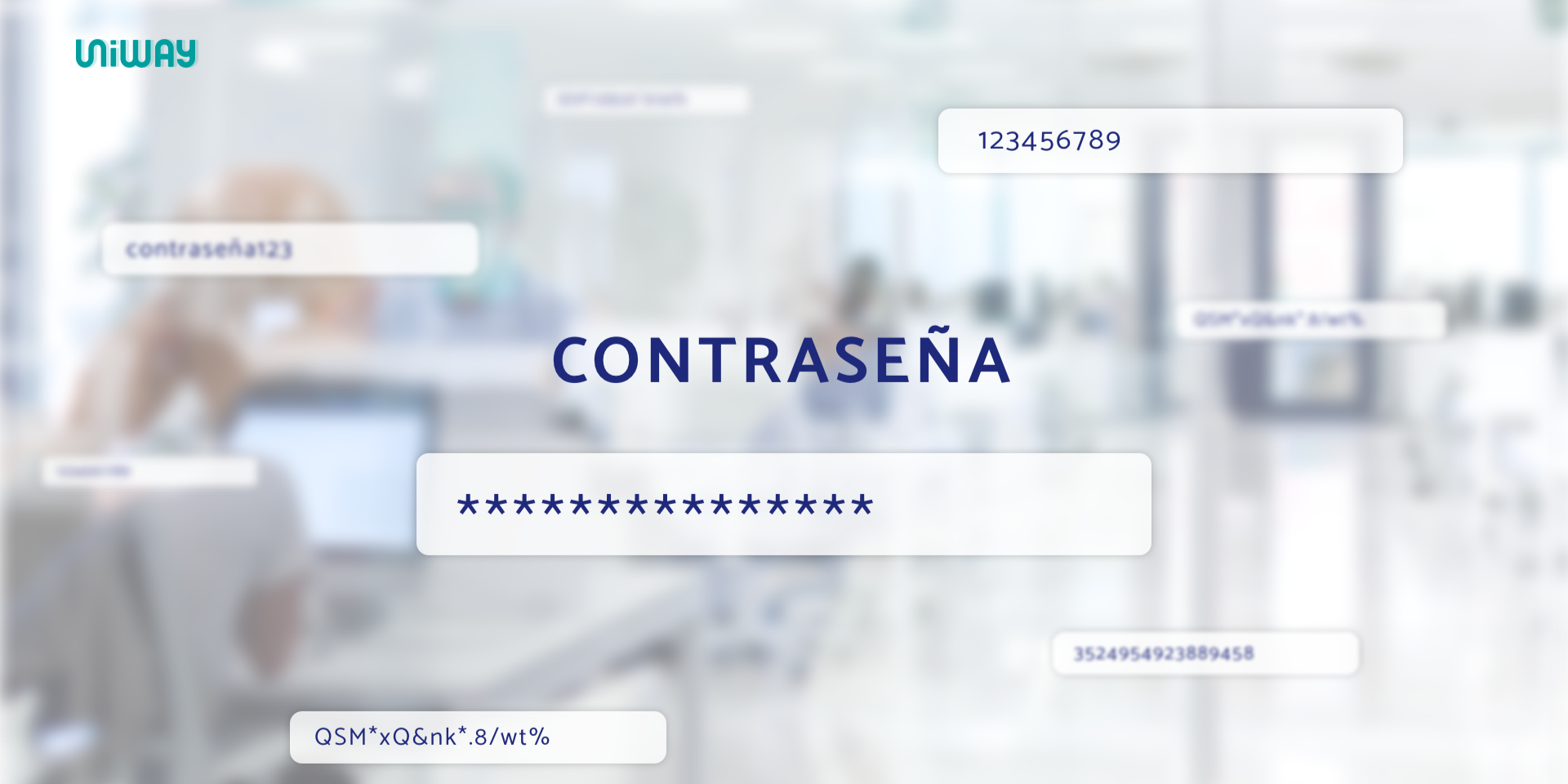
Have You Taken Your Chances on the Cloud Yet?
Have You Taken Your Chances on the Cloud Yet?
Cloud data storage is a key issue for organizations and this pandemic meant an even higher boost

Increasingly more companies take their chances on storing their information in the cloud. It was not that long ago when the trend was to just get into the private cloud only, but for the last years other formats such as public cloud or the hybrid format came up and became strong options.
Although there are many organizations who are clear on their cloud strategy, there's still a lot of them trying to find the most suitable path for their business. For that, it is essential to know the advantages and disadvantages of each format.
Let's talk about clouds…
Of course this is something that depends on the type of business and the kind of information you're going to store, so it is better to be clear on what each type of cloud consists of and then be able to choose wisely.
First we find the private cloud, which is defined as the ensemble of IT ressources in the cloud, but only available for employees of the company itself. It may be located at a local data center or at one from an external service provider. These type of clouds are the most used by finance institutions, government agencies, as well as medium-sized or big companies that need full control over their environments. Among the advantages of this format, we highlight flexibility, control and scalability.
On the other hand, we find the public cloud. It is the most common cloud type nowadays. In this case, all the hardware, software and rest of components belong to a cloud provider that manages them through the Internet. The particular thing in this case is that the tenants share hardware, network devices and storage among all of them. They are normally used for online office application tools, development and test environments, etc. Among their advantages, the most outstanding ones are lower cost than that of the private one, the abscence of maintenance investment and their great reliability and scalability.
Finally there's the hybrid cloud; a format that combines local environment infrastructure with public cloud. It is about a highly flexible model and that it is being chosen by most of the companies, since they can also move data and apps between the two environments. Among the advantages, control, flexibility and transition easiness and profitability are the most outstanding.
At this point, the question is, what is the most convenient option?
Like many other things, there is no single option better than other since every service will adapt better to a specific business. So the important thing is to know the needs of the company, know the offer of the different cloud models and fit the best option. Currently the market has different models, types and services in the cloud that abundantly covers the needs of the company.
For most companies, the cloud is not a simple strategic recovery lever, but it has become an operating and tactical solution within a context closer to the local industry and market
Strong investment
Even if it was already used by companies for years, COVID-19 has boosted even more the cloud model, since thanks to this one, companies have been able to survive the pandemic, as explained by the report created by the consultancy Quint, "Cloud Computing in Spain 2020". According to the study, six out of ten Spanish companies outline business continuity and disaster recovery (62%) as the main cloud benefits during the most difficult months of the pandemic.
According to Quint, the crisis worked as an accelerator for adopting the cloud in Spain, since it has been proved that those companies with maturity in the cloud have coped with the adverse effects of the situation better.
That way, after a good experience, investment on cloud has grown noticeable and seven out of ten organizations have increased their budget for 2021. According to data, infrastructure projects will experience a growth of 2,7%. In addition, average expense increase proyection for the next twelve months is 17% in Iaas/SaaS and 13% in SaaS.
It is also worth highlighting as explained in the study, that for most of the companies, the cloud is not a simple strategic recovery lever, but it has become a tactical and operation solution within a context closer to the industry and local market.
These might interest you...





